When Lebanon was still under Ottoman rule, in 1907, a group of Beiruti notables founded The School of Arts and Crafts at the Ramlet al-Zarif neighborhood in Beirut.1
The school was established and directed by Ahmad Abbas al-azhari, an advocate of craftsmanship and public education in Lebanon. The school was part of a large complex of buildings that was funded and built by the Ottoman Empire during the reign of Sultan Abdulhamid II. The complex was comprised of the School of Arts and Crafts, al-Sanaye’ (which is now the Lebanese National Library), and a hospital (presently the Ministry of Interior) facing a public garden known as al- Sanaye’ garden; al-Sanaye’ translates to craftsmanship in Arabic.


Later, under the French mandate, to secure a professional workforce for the country’s industrial development, the Lebanese republic transformed the school into both a craftsmanship and technical training center for carpentry, foundry, and mechanics. They also created a hall for exhibitions to showcase objects and artifacts. Pioneering Lebanese painters such as Moustapha Farroukh, Omar Onsi, Habib Srour, and Cesar Gemayel often showcased their works at the school’s exhibition hall. For example, their paintings were featured at the July 1931 show which was inaugurated by President Charles Debbas.
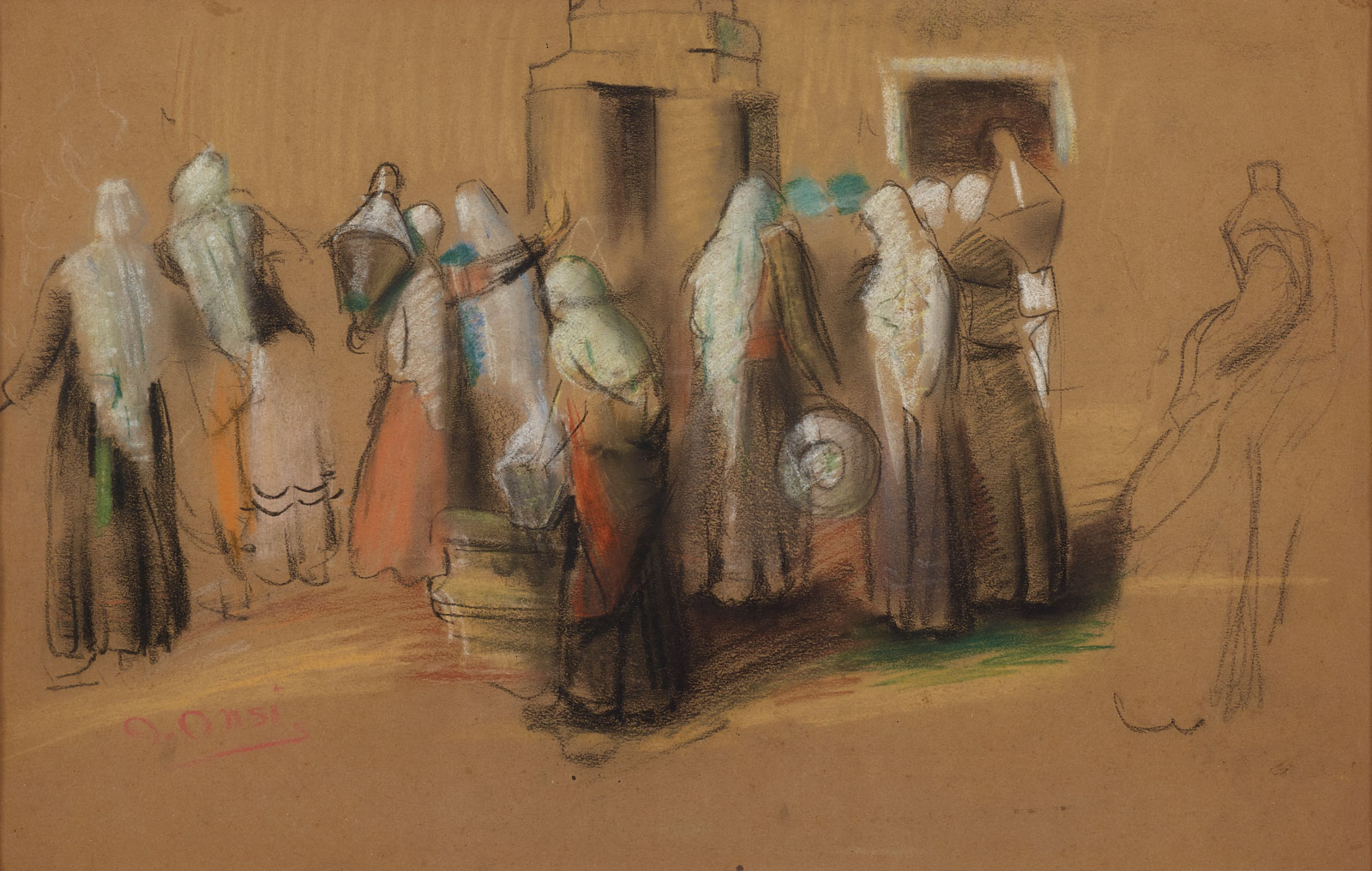

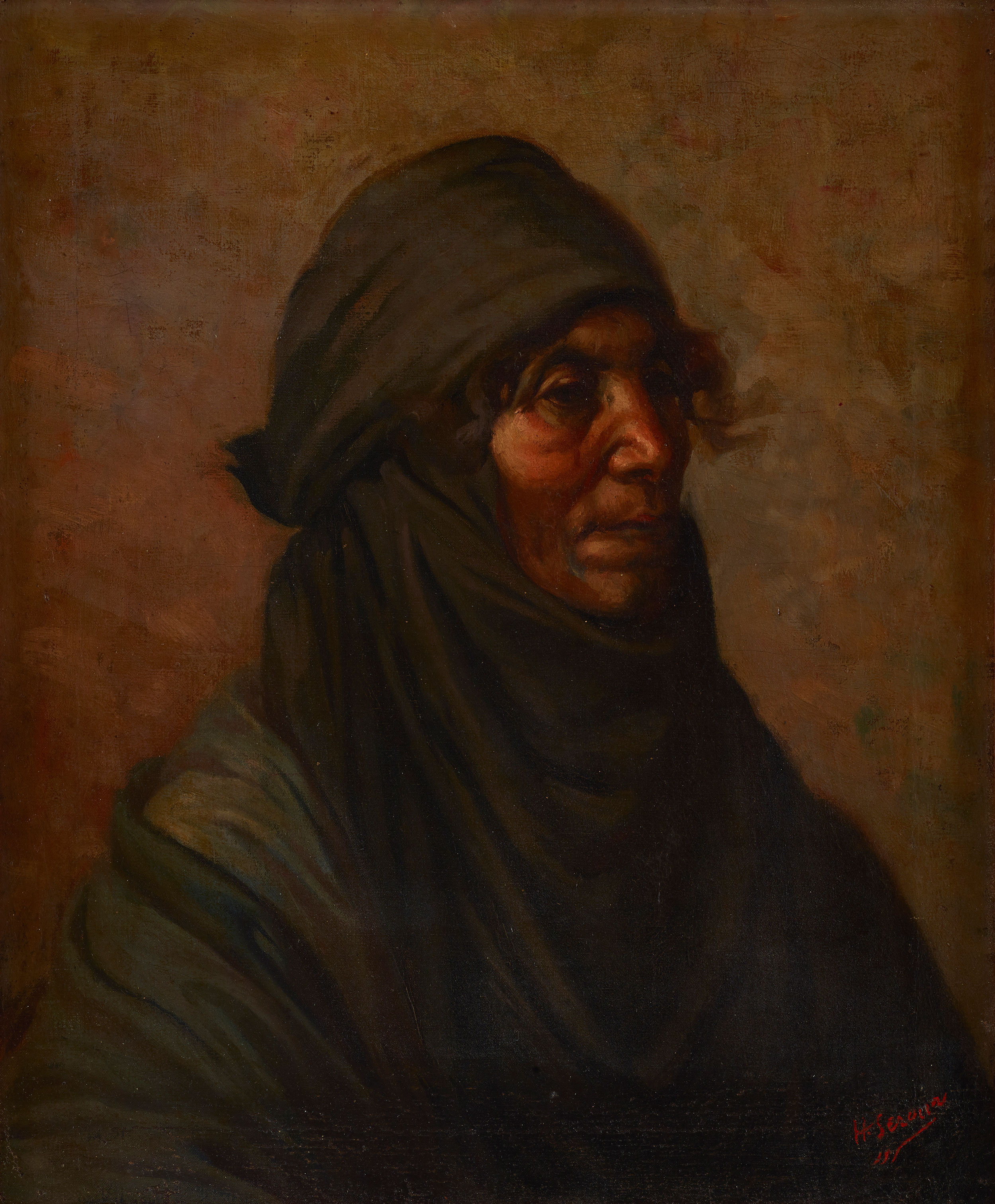
However, during that period, French and Lebanese functionaries were not interested in establishing an official public fine arts school. As Marie Tomb (2017) puts it in her work [The Portrait of a Country: Painters, the Art World and the Invention of Lebanon, 1880-1943] “In fact, the founding of major institutions dedicated to encouraging the fine arts would notably stem from the private sphere.” 2
In 1937, Alexis Boutros, an engineer, a cello player, and a lover of the arts, founded the Association des Musiciens Amateurs or the Association of Amateur Musicians (AMA). Alexis Boutros was a visionary scholar. He believed that an art school would foster national unity and promote cultural coherence. In 1943, the association became the Académie Libanaise des Beaux-Arts (ALBA), the oldest national institution of higher education in Lebanon. The ALBA included a school of music, a school of fine arts, and a school of architecture. The curriculum and pedagogy at ALBA, emulating the École des Beaux-Arts model in Paris, was first directed by Lebanese impressionist painter César Gemayel.
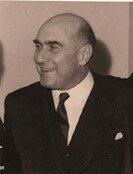
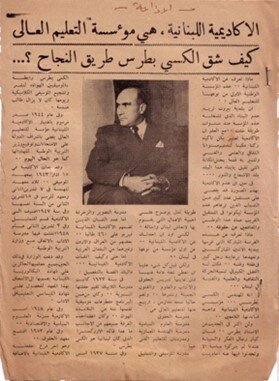
Following Lebanon’s independence in 1943, the Lebanese government increased its support to artists. As of the early 1950s, the government granted scholarships to distinguished art students to further their studies in European fine arts academies abroad. A new generation of painters and sculptors, mostly ALBA graduates, attended the École des Beaux-Arts and Académie de la Grande Chaumière in Paris. They became acquainted with the principal modern art movements associated with École de Paris, such as Fauvism, Cubism, Surrealism, and Lyrical Expressionism. In 1952, a group of contemporary artists, largely ALBA graduates and their forerunners, started the Lebanese Artists Association for Painters and Sculptors (LAAPS). LAAPS was Officially registered in 1957 and became known as “The Painters and Sculptors Society” within the framework of the Academie Libanaise des Beaux-Arts.
The LAAPS was key for the development of the art community. Founding members of the LAAPS promoted art galleries and worked as liaisons between artists and the public. They organized the annual Salon Du Printemps exhibition held at UNESCO in Beirut and worked on founding a public institute of fine arts at the new public Lebanese University (LU). They also gave scholarships and awards to promising artists. The founding members of the LAAPS included Lebanon’s modernist artists: Moustapha Farroukh, Omar Onsi, Cesar Gemayel, Saliba Douehi, Rachid Wehbe, Nicolas Nammar, Jean Khalife, Shafic Abboud, Elie Kanaan, Farid Aouad, Yvette Ashkar, Michel Basbous, Mounir Eido, Aref Rayess, and Said Akl.
Meanwhile, the American University in Beirut (AUB) had already set up its Fine Arts Department, which opened in 1954. The department was headed by American photographer and filmmaker Maryette Charlton, American painter George Buehr and his wife Margo Hoff – all previously professors at the Art Institute of Chicago. American painter Arthur Frick chaired the department until it was shut down in 1976 with the onset of the Lebanese Civil War.
The Lebanese government officially announced the founding of the first Lebanese public University (LU), in 1951. The announcement was the result of a long political and social struggle manifested in demonstrations and strikes organized by the working class and students, mainly university students from the private University of Saint Joseph (USJ) alongside students from secondary public schools. Protestors rallied for equitable access to free higher education, as well as for national solidarity, and Lebanon’s marginalized communities.
Initially, the Lebanese University’s main aim was to provide the state’s bureaucracy with proficient administrative personnel and to train secondary education teachers. As such, the (LU) first consisted of only two faculties: the Teacher's College, known as the Faculty of Education, and the Institute of Statistics. Later in 1959, as the struggle for the right to equality in education grew, other faculties were added including the Faculty of Law and Political Administrative Sciences, the Faculty of Literature and Human Sciences, and the Institute of Social Sciences.
It was not until November 10, 1965, under the patronage of Minister of Education and Fine Arts, Chahine Ghaleb, and with the influence of LAAPS, that the government decreed to establish the Institute of Fine Arts at the Lebanese University under law no. 3107. The institute’s opening was launched from the Grand Serail building in Downtown Beirut located in Tallat as-Saray, Riad Al Solh Square at the time.
Institute of Fine Arts, Lebanese University, Furn el-Chebbak, Beirut
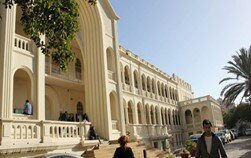
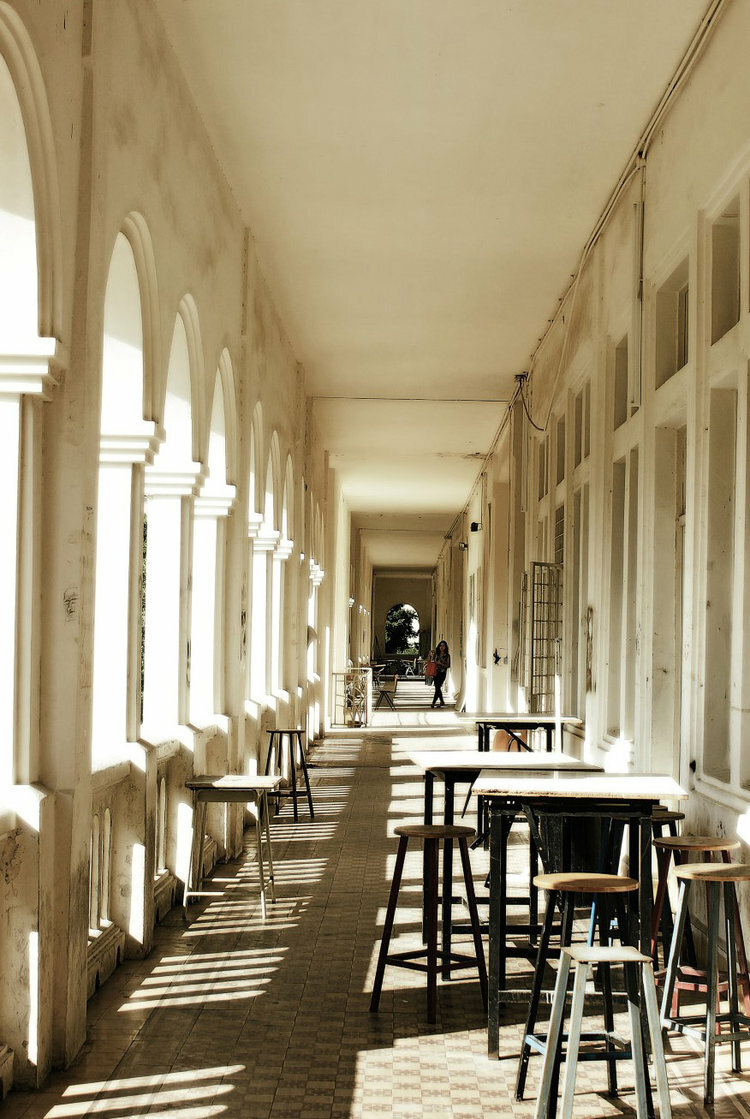
At the outbreak of the Lebanese civil war in 1975 and following the capital’s division into west and east Beirut, the LU’s Institute of Fine Arts split into multiple branches: one branch lay in west Beirut in Raouché, and the other in east Beirut in Furn El Chebbak. In 1980, a third branch opened in the northern city of Tripoli. Then, in 1986, a fourth opened in Deir El Qamar in the Chouf district.
With time, the Institute of Fine Arts at the LU grew into the LU Faculty of Fine Arts and Architecture, with four branches in Lebanon: Hadath (previously Raouché), Furn El Chebbak, Tripoli, and Deir El Qamar. It granted Bachelor and Master’s degrees in architecture, interior design, fine arts, theater, audiovisual, advertising, and graphic design; plus, a specialized Master’s in urban studies, landscaping, scenography, and restoration. Despite such growth, the partitioning of the institute across multiple campuses, and the partitioning of multiple departments more broadly, divided the student body along sectarian and class lines. Still, the LU Faculty of Fine Arts and Architecture, the only public institution for the education of art in Lebanon, is refuge to many talented and promising Lebanese creative minds seeking academic fine arts education.



Comments on Fine Arts Education in Lebanon: Part 1